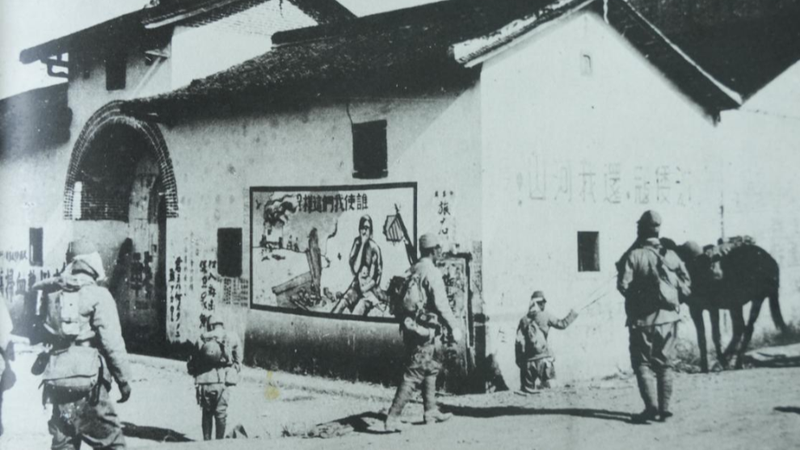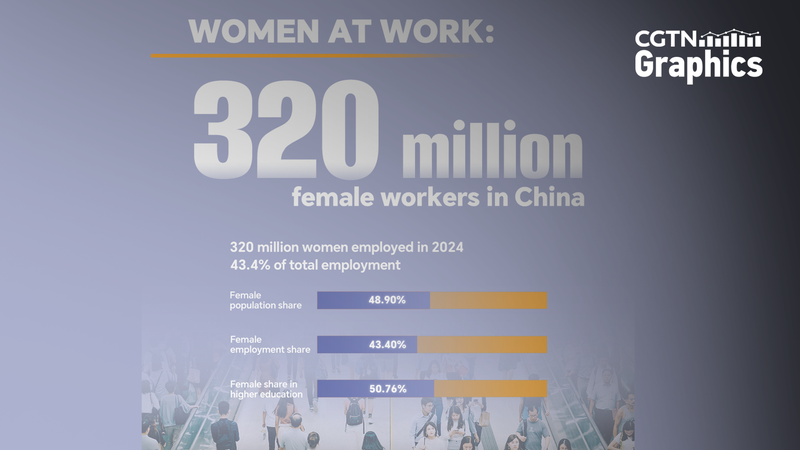In a move blending history with digital-age accessibility, the Guangdong Provincial Archives on Thursday publicly released a trove of materials documenting Japanese army atrocities during its 1938 invasion of southern China. Donated by Japanese scholar Seiya Matsuno, this collection arrives on the eve of the 80th anniversary of Japan's unconditional surrender.
Matsuno's donation includes two rare photo collections originally published by the Japanese army: one from 1939 capturing the 18th Division's actions in Guangdong, and another spanning 1939 to 1942 across southern China. Together, these images offer an unfiltered look at the human cost of war, from scorched villages to daily resistance by civilians.
For today's digital-native generation, these archives are more than historical artifacts; they're a call to connect with our shared past. By preserving and exploring these primary sources, young global citizens can draw lessons on resilience, document human rights violations, and fuel discussions on accountability in conflict zones worldwide.
Looking ahead, the Guangdong Provincial Archives plans to digitize the collection, making it accessible online for educators, activists, and curious minds. This initiative shows how historical records, once locked away, can become powerful tools for global dialogue, empathy, and understanding.
Reference(s):
cgtn.com


